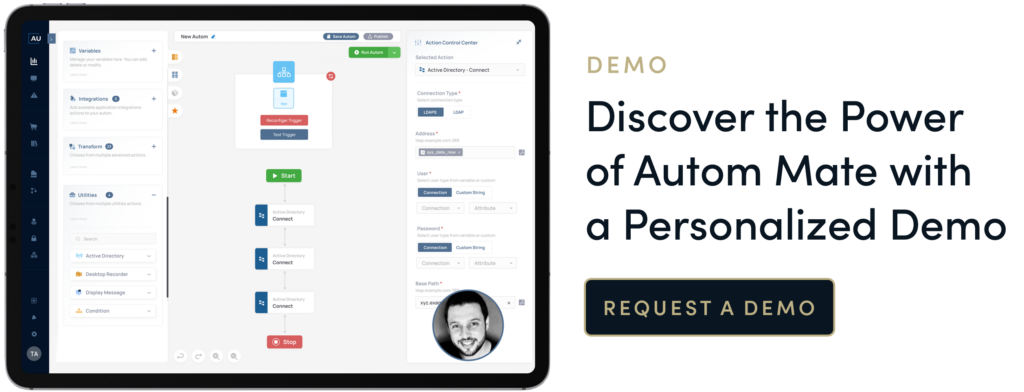Automation is one of the core strengths of ServiceNow, offering capabilities to streamline IT operations, customer service, and business processes. However, ServiceNow customers often face several challenges when implementing and managing automation via the ServiceNow Integration Hub. Much of these challenges relate to managing integration complexity, complex workflows and a requirement to use consultancy to both setup and maintain integrations.
So, what are the main automation challenges ServiceNow customers face?
- Integration Complexity – ServiceNow customers often want to integrate with multiple third-party systems and applications, such as CRM, ERP, monitoring tools, and other legacy systems. Achieving seamless automation requires robust integrations, which can be complex, time-consuming and therefore costly.
- Customization complexity – ServiceNow offers a high degree of customization, which, while powerful, can lead to overly complex workflows and automation configurations. As organizations scale, managing and maintaining customized automation processes becomes more difficult without constant help.
- Governance and Compliance – Automation processes often involve handling sensitive data or performing critical business functions. Ensuring that these automated processes comply with industry regulations (such as GDPR, HIPAA, etc.) is a significant challenge.
- Complex workflows – Workflow automation in ServiceNow involves mapping out intricate business processes. These workflows can become complicated as they involve multiple conditions, approvals, and interactions with other systems. A poorly designed workflow can slow down operations instead of speeding them up. Adding product and process integration into such workflows spirals the complexity and cost.
- Skills and Expertise – ServiceNow’s automation capabilities require a specific set of skills, such as scripting, workflow design, and API integration. Many organizations face a shortage of skilled personnel who can efficiently design, implement, and maintain automation processes. This means that they must rely on third-party integration consultants and ecosystem partners.
- Transaction-based Integrations – Reliance on multi-party integrations such as those found in vendor marketplaces often lead to transactional or volume-based charging. Such unpredictable cost models mean that budget conscious businesses will be restricted on expanding their useful integration and automation capabilities.
How can ServiceNow customers take control of their own automation and integration strategy?
While ServiceNow offers powerful capabilities, there are common factors in relation to automation and integration that lead to complexity and loss of overall control. It places companies at the behest of partners and consultants that design, implement and critically, maintain the automation and integrations they need. That is not to say that such partner relationships are a bad thing as they are often the backbone of technology success in Service Management.
It is also important to emphasise that it is not to the benefit of the customer to look at automation as one product to many. Quality automation projects regularly include multiple product integrations in a single flow. This is where Service Management platforms really struggle to achieve the goals of the customer without spiralling costs.
As we have noted, the primary challenges faced by customers involve integration complexity, managing customized workflows, ensuring compliance, scaling operations, and the need for skilled resources. Addressing these challenges with the Autom Mate Technology Orchestration Platform, makes it easier for both customers and their partners to orchestrate automation and integration with ServiceNow.
By doing so, the customer reduces complexity and reliance on the vendor ecosystem while also speeding up the whole process and enabling them focus on the opportunities that other technologies offer.
Why not arrange a demo of Autom Mate and see firsthand how it can help you get the best out of your ServiceNow investment. We will show how we can dramatically speed up your automation and integration strategy, connect more useful technologies and save you money!






